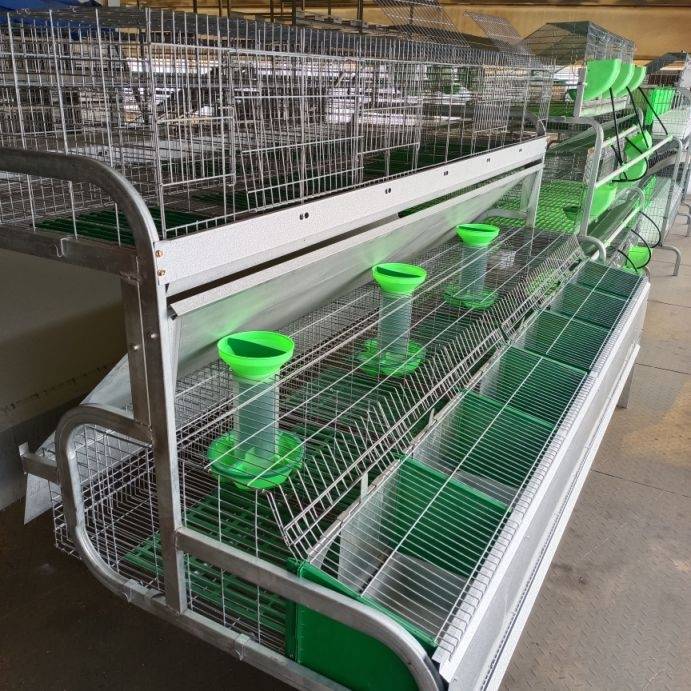Alternative Solutions for Ethical Chicken Housing and Welfare Practices
Nov . 16, 2024 12:53 Back to list
Alternative Solutions for Ethical Chicken Housing and Welfare Practices
Understanding Chicken Cages Welfare, Efficiency, and Sustainability
The concept of chicken cages has been a topic of considerable debate within the realms of agriculture, animal welfare, and food sustainability
. As the demand for poultry products rises globally, understanding the implications of chicken farming practices, especially the use of cages, becomes increasingly crucial.Chicken cages are primarily used in commercial egg production systems. These cages allow for the housing of multiple hens in a compact space, facilitating easier feeding, cleaning, and egg collection. The most common type of cage system is the battery cage, where hens are confined to small wire enclosures. While this method has been designed to optimize efficiency and increase production, it raises significant concerns regarding the welfare of the hens.
Critics of battery cages argue that they compromise the fundamental needs of hens. Birds kept in such restrictive environments often exhibit signs of stress and behavioral issues, such as feather pecking and aggression. The confinement limits their ability to perform natural behaviors, like stretching their wings, nesting, or foraging. In response to growing public concern over animal welfare, several countries and regions have initiated bans or phase-outs of battery cages, advocating for alternative housing systems, such as enriched cages or cage-free operations.
Enriched cages provide hens with slightly more space and features like nesting boxes, perches, and scratching areas. These enhancements allow for a more natural behavior repertoire, helping to mitigate some welfare issues associated with traditional battery cages. However, enriched systems still confine hens, leading some animal welfare advocates to call for a complete transition to cage-free models, where birds are allowed to roam freely in larger barns.
chicken cage

Cage-free systems offer hens more freedom and can potentially align better with modern consumers' growing ethical concerns. However, they come with their challenges, including increased risks of disease transmission, higher production costs, and the need for more extensive management practices. Farmers may need to adapt their operations to maintain biosecurity while ensuring the health and safety of both the birds and the food products derived from them.
Sustainability is another critical factor in the discussion surrounding chicken cages. Intensive poultry farming, while efficient in meeting growing protein demands, can lead to environmental issues such as waste management challenges, greenhouse gas emissions, and biodiversity loss. Transitioning to more sustainable practices, including the implementation of organic farming methods or the use of environmentally friendly feed, can help alleviate some of these concerns.
As consumers become more aware of the implications of their food choices, the demand for transparency in poultry production is growing. Labels indicating “cage-free,” “free-range,” or “organic” are increasingly prominent in grocery stores, reflecting a shift towards more humane and sustainable practices. Producers are responding to this market demand, showing a willingness to adapt their methods to better align with ethical standards and consumer preferences.
In conclusion, the discussion surrounding chicken cages is multifaceted, balancing efficiency, welfare, and sustainability. As practices evolve, it is essential for all stakeholders—farmers, consumers, and policymakers—to engage in meaningful dialogues that prioritize the well-being of animals while addressing the realities of global food production. The future of poultry farming will likely hinge on finding innovative solutions that respect both animal welfare and the environment, creating a more sustainable path forward.
-
Automatic Feeding Line System-Pan Feeder Nipple Drinker|Anping County Yize Metal Products Co., Ltd.
NewsJul.29,2025
-
Hot Sale 24 & 18 Door Rabbit Cages - Premium Breeding Solutions
NewsJul.25,2025
-
Automatic Feeding Line System Pan Feeder Nipple Drinker - Anping County Yize Metal Products Co., Ltd.
NewsJul.21,2025
-
Automatic Feeding Line System Pan Feeder Nipple Drinker - Anping County Yize Metal Products Co., Ltd.
NewsJul.21,2025
-
Automatic Feeding Line System - Anping Yize | Precision & Nipple
NewsJul.21,2025
-
Automatic Feeding Line System - Anping Yize | Precision & Nipple
NewsJul.21,2025






